
Ingredient
Green pepper
The Versatile Bell Pepper
Green peppers are crisp and juicy with a mild, refreshing taste. They have a thick, crunchy texture and come in various colors, including green, red, yellow, and orange. These peppers are commonly used in salads, stir-fries, stuffed dishes, and as a topping for pizzas and sandwiches.
Origins and history
Green peppers are native to Central and South America and have been cultivated for thousands of years. They were introduced to Europe by Christopher Columbus and quickly became popular in various cuisines around the world. Today, they are widely grown in many countries, including the United States, Mexico, China, and Spain.
Nutritional information
Green peppers are low in calories and rich in vitamins A and C. They also provide dietary fiber, potassium, and antioxidants. With only about 30 calories per medium-sized pepper, they are a nutritious addition to any meal.
Allergens
Green peppers are not known to be common allergens, but individuals with nightshade allergies should exercise caution when consuming them.
How to select
When selecting green peppers, look for firm, glossy skin without any wrinkles or blemishes. The pepper should feel heavy for its size. Avoid peppers with soft spots or signs of decay. Additionally, choose peppers with vibrant green color for the best flavor and nutritional value.
Storage recommendations
To maintain the freshness of green peppers, store them in a plastic bag or airtight container in the refrigerator. They can stay fresh for up to a week. Avoid washing the peppers until ready to use, as moisture can accelerate spoilage.
How to produce
Green peppers can be easily grown in home gardens or containers. They thrive in warm climates and require full sun exposure. Start by planting seeds or seedlings in well-drained soil and provide regular watering. With proper care, you can enjoy a bountiful harvest of fresh green peppers.
Preparation tips
Green peppers can be enjoyed raw in salads, sliced and sautéed in stir-fries, stuffed with various fillings, or roasted for a smoky flavor. They can also be pickled or used as a topping for pizzas, sandwiches, and fajitas. For a burst of color and flavor, add green peppers to omelets, soups, and pasta dishes.
Substitutions
Red, yellow, or orange bell peppers can be used as substitutes for green peppers, although they have slightly different flavors. Poblano peppers can also be used as a substitute for a milder taste. If a different texture is desired, zucchini or cucumber can be used as alternatives.
Culinary uses
Green peppers are commonly used in a variety of dishes, including salads, stir-fries, fajitas, stuffed peppers, and pizzas. They add a vibrant color and a mild, refreshing flavor to these dishes. In Mexican cuisine, green peppers are often used in salsa verde, while in Italian cuisine, they are a key ingredient in dishes like caponata and peperonata.
Availability
Green peppers are widely available in grocery stores, supermarkets, and farmers markets throughout the year.
More ingredients from this category
Recipes using Green pepper » Browse all
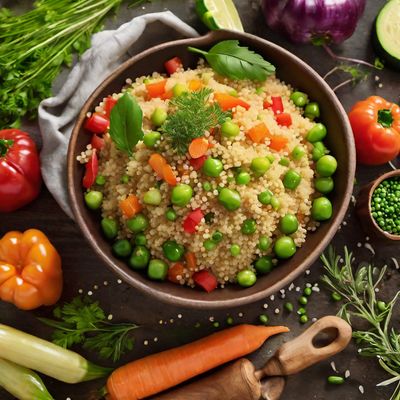
French-style Couscous
Couscous à la Française

Spanish Caldo de Cuarentena
Sopa de la Abuela: A Spanish Comfort in Quarantine
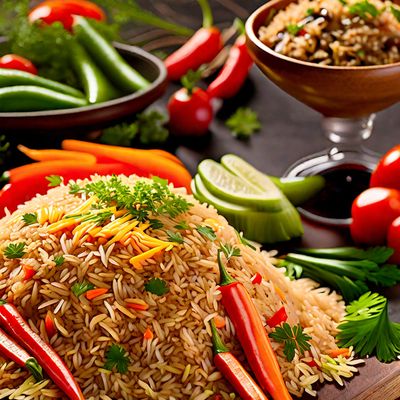
Nasi Goreng Adapted to French Cuisine
French-Inspired Nasi Goreng: A Fusion of Flavors

Bosnian Ješprenj with a Twist
Savory Bosnian Ješprenj: A Delightful Twist on a Traditional Dish

Bavarian Curry
Bavarian Curry Delight: A Fusion of Indian and Bavarian Flavors
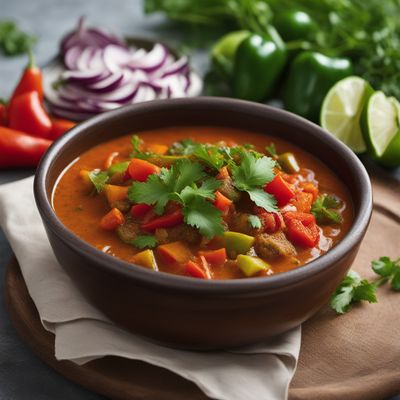
Ivorian Spiced Vegetable Stew
Savory Delight: Ivorian Spiced Vegetable Stew

Spanish-style Ćevapi
Sizzling Spanish Sausage Skewers
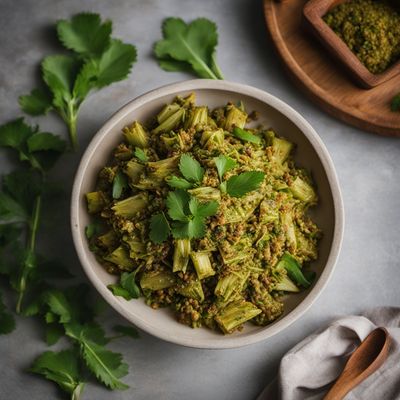
Tamil-style Artichoke Salad
Savor the Flavors of Tamil Nadu with Artichoke Salad

Arabian Spiced Stuffed Peppers
Fiery Delights: Arabian Stuffed Peppers with a Kick

Indo-style Cheesesteak
Spicy Fusion Cheesesteak with a Twist of Indo Flavors
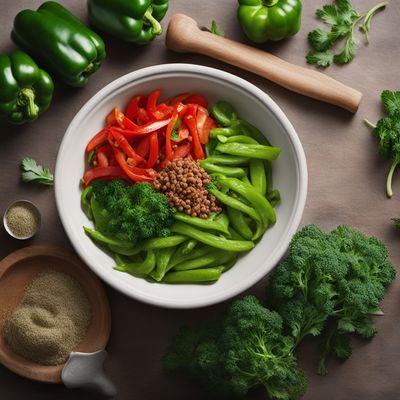
Swedish Pyttipanna with a Twist
Savory Swedish Potato Hash with a Modern Twist
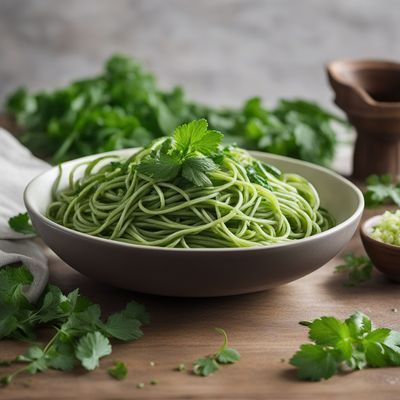
Sudanese-style Green Spaghettini
Verdant Delight: Sudanese-inspired Green Spaghettini